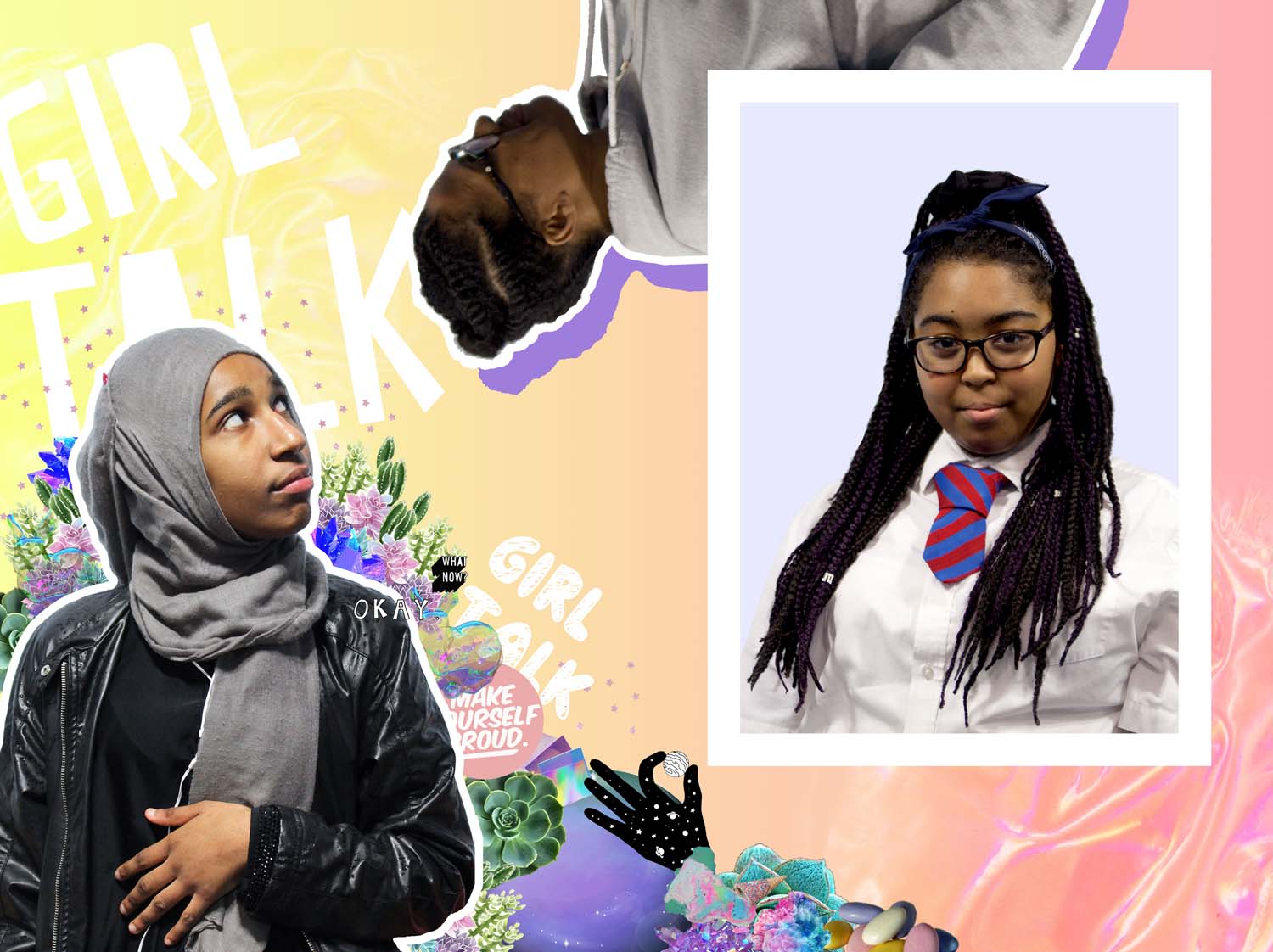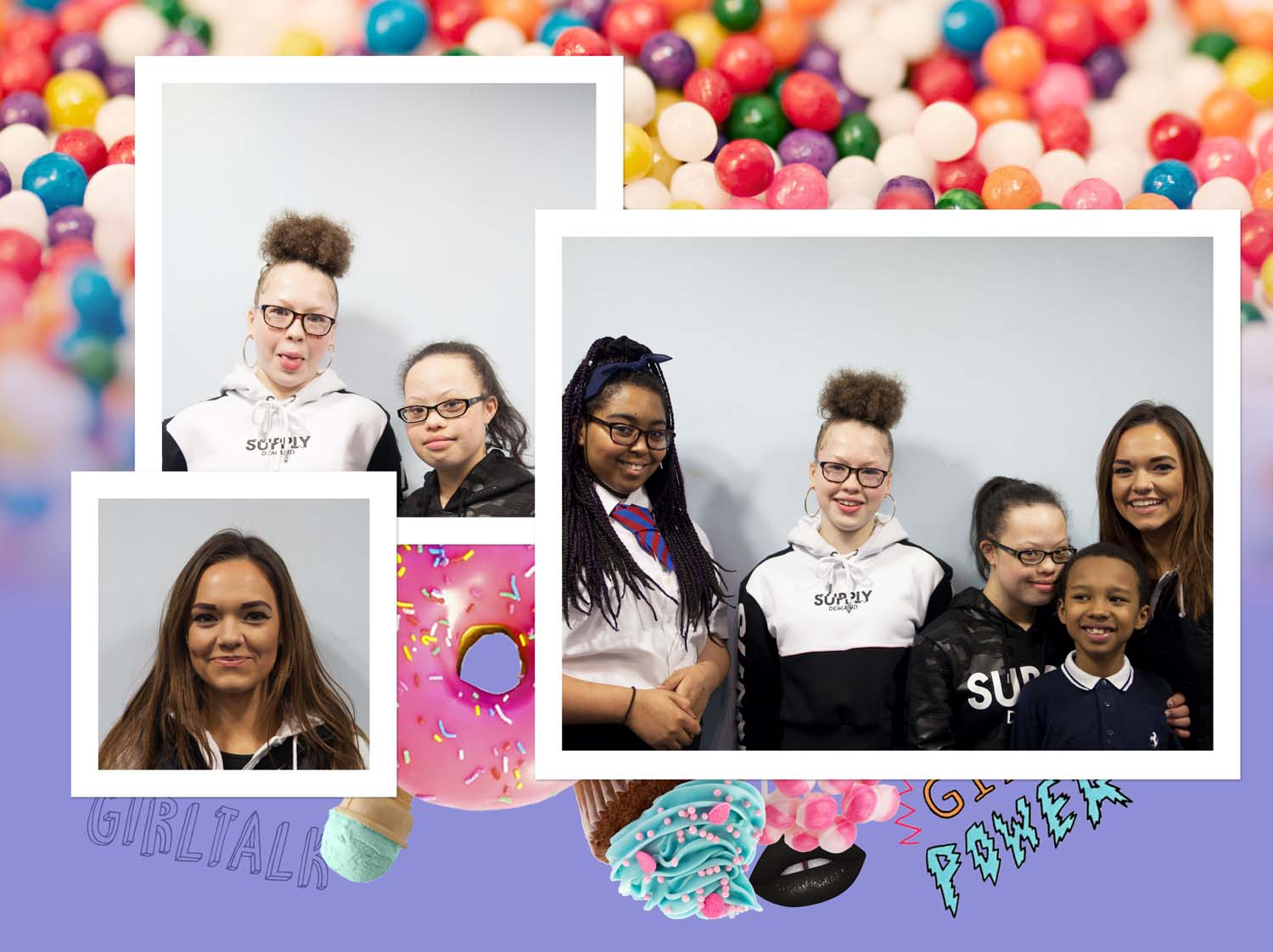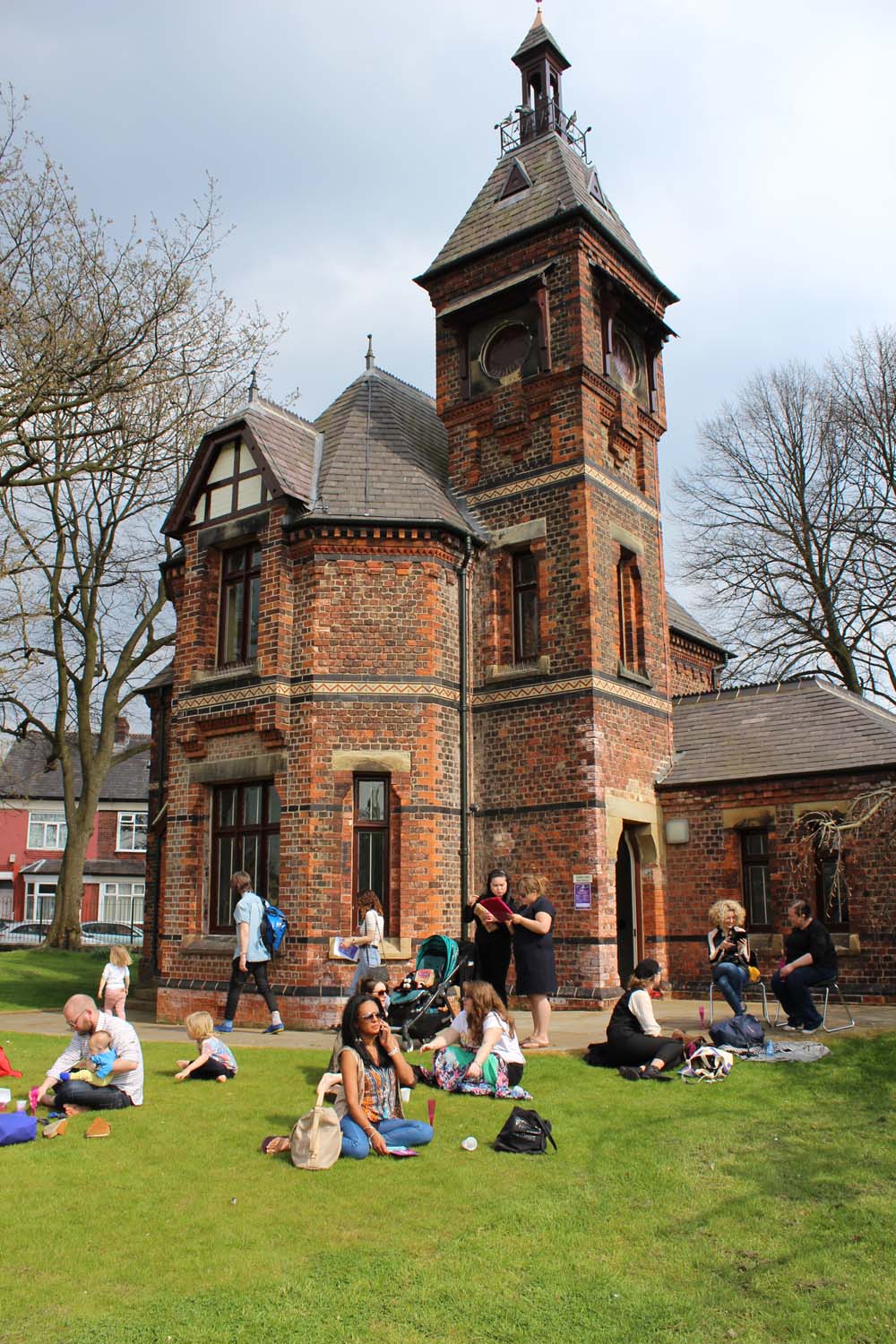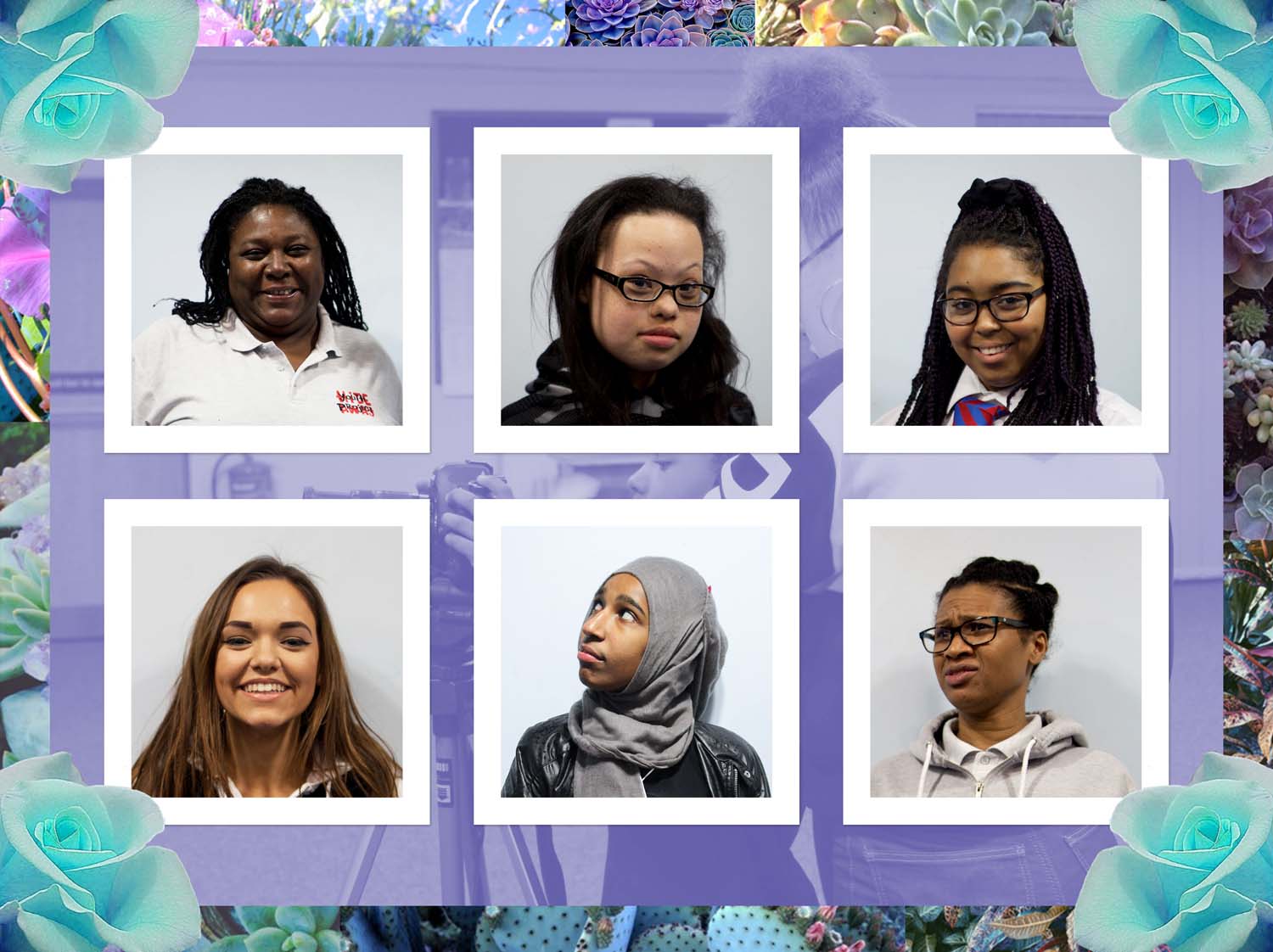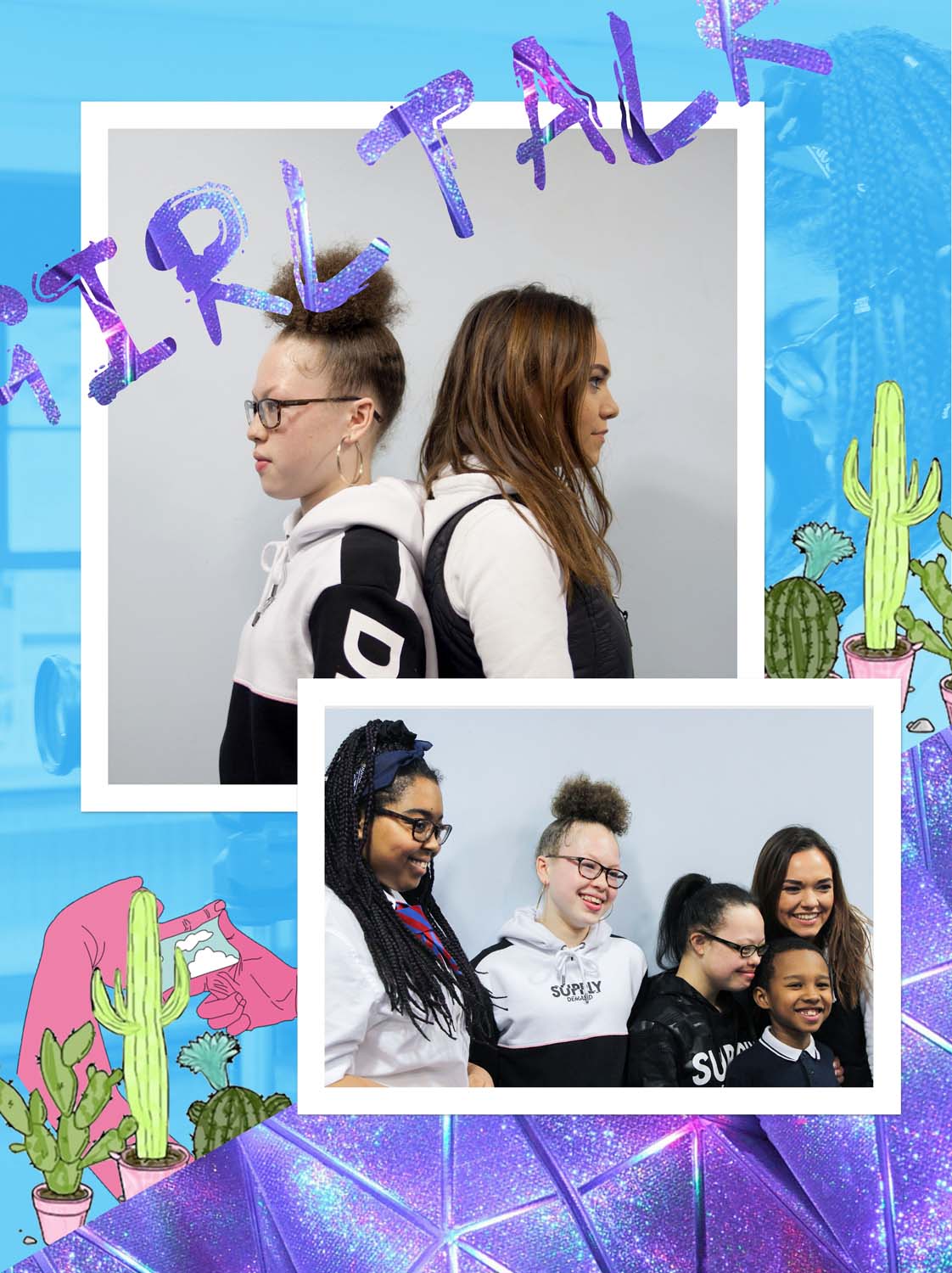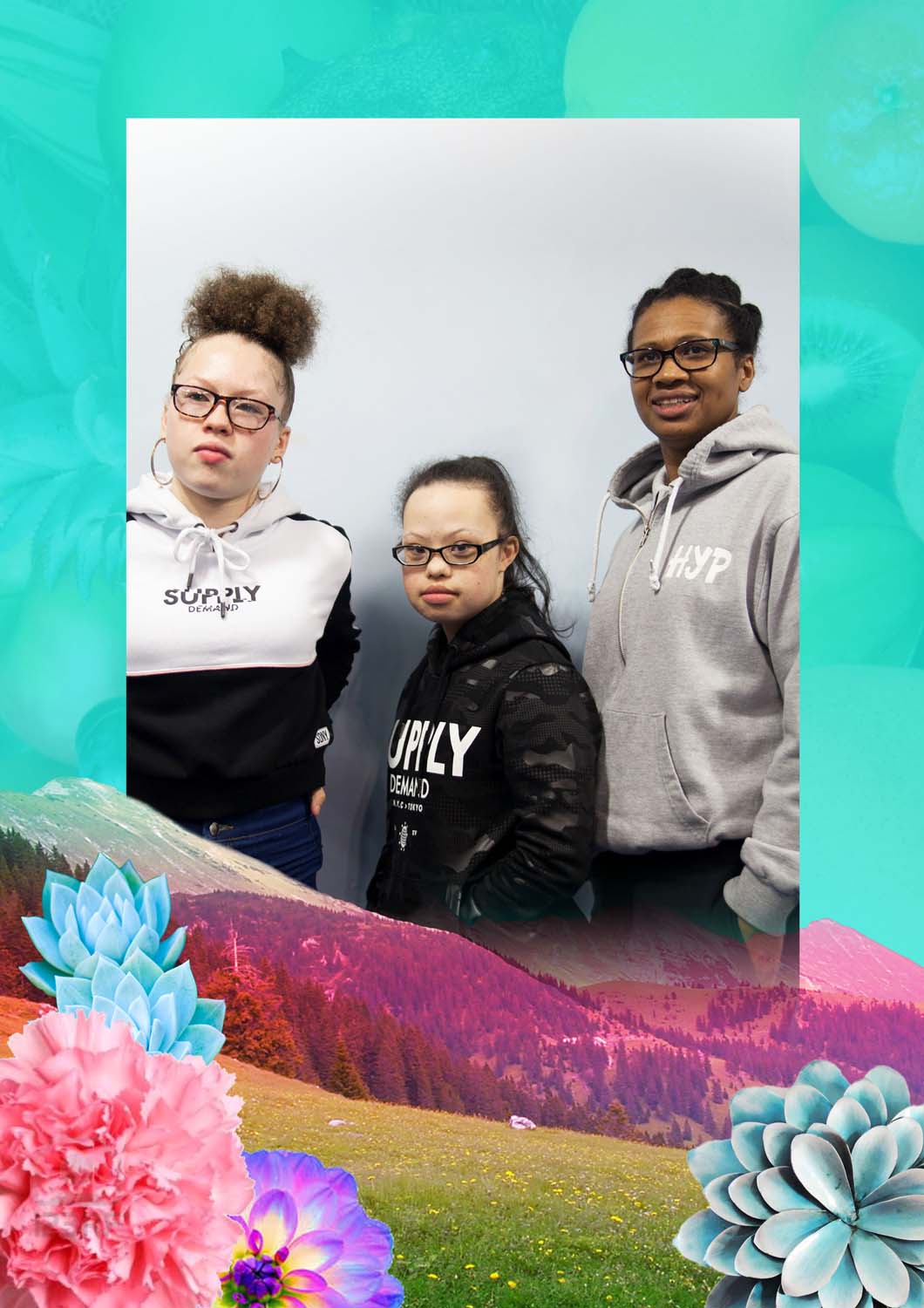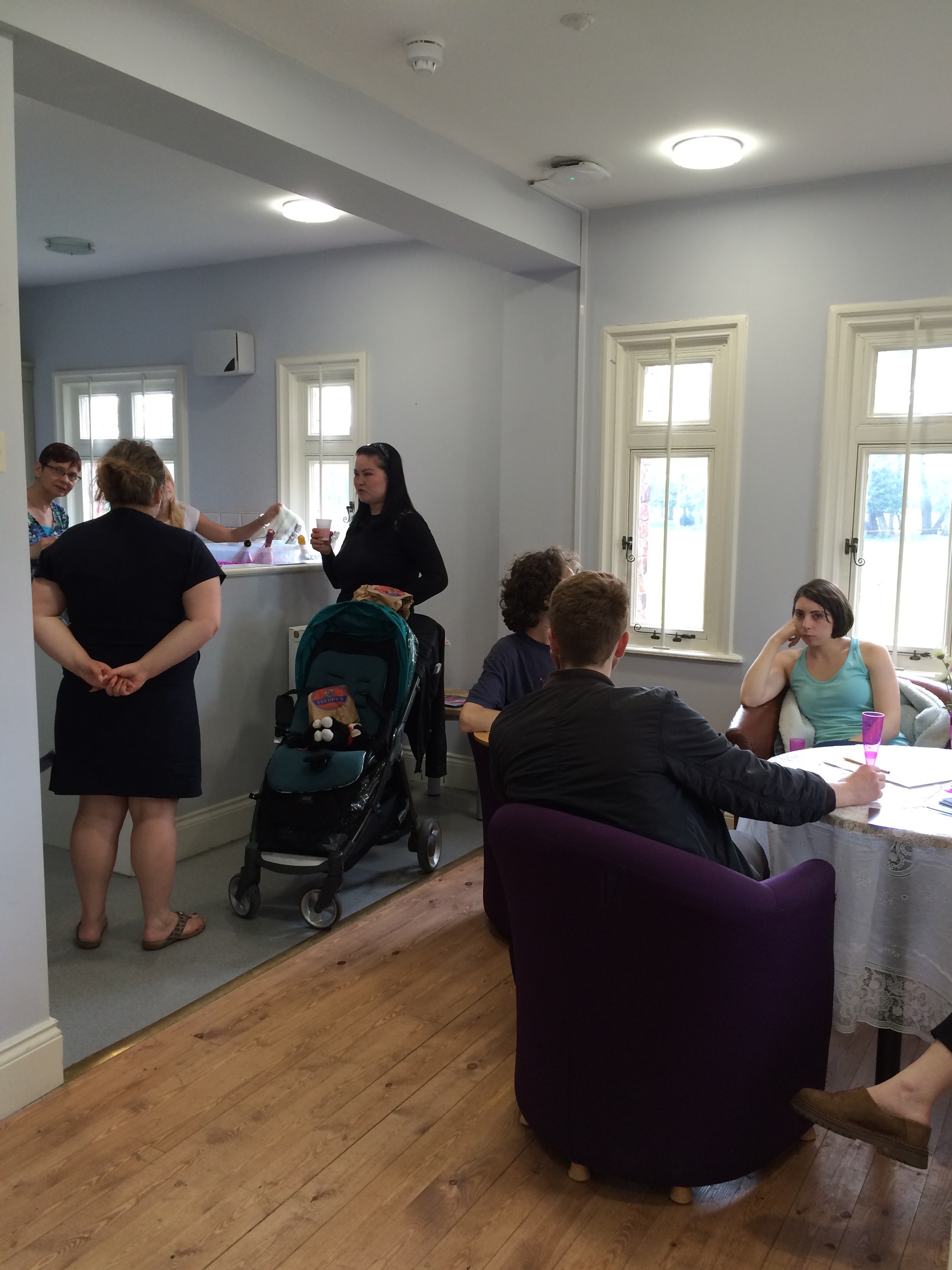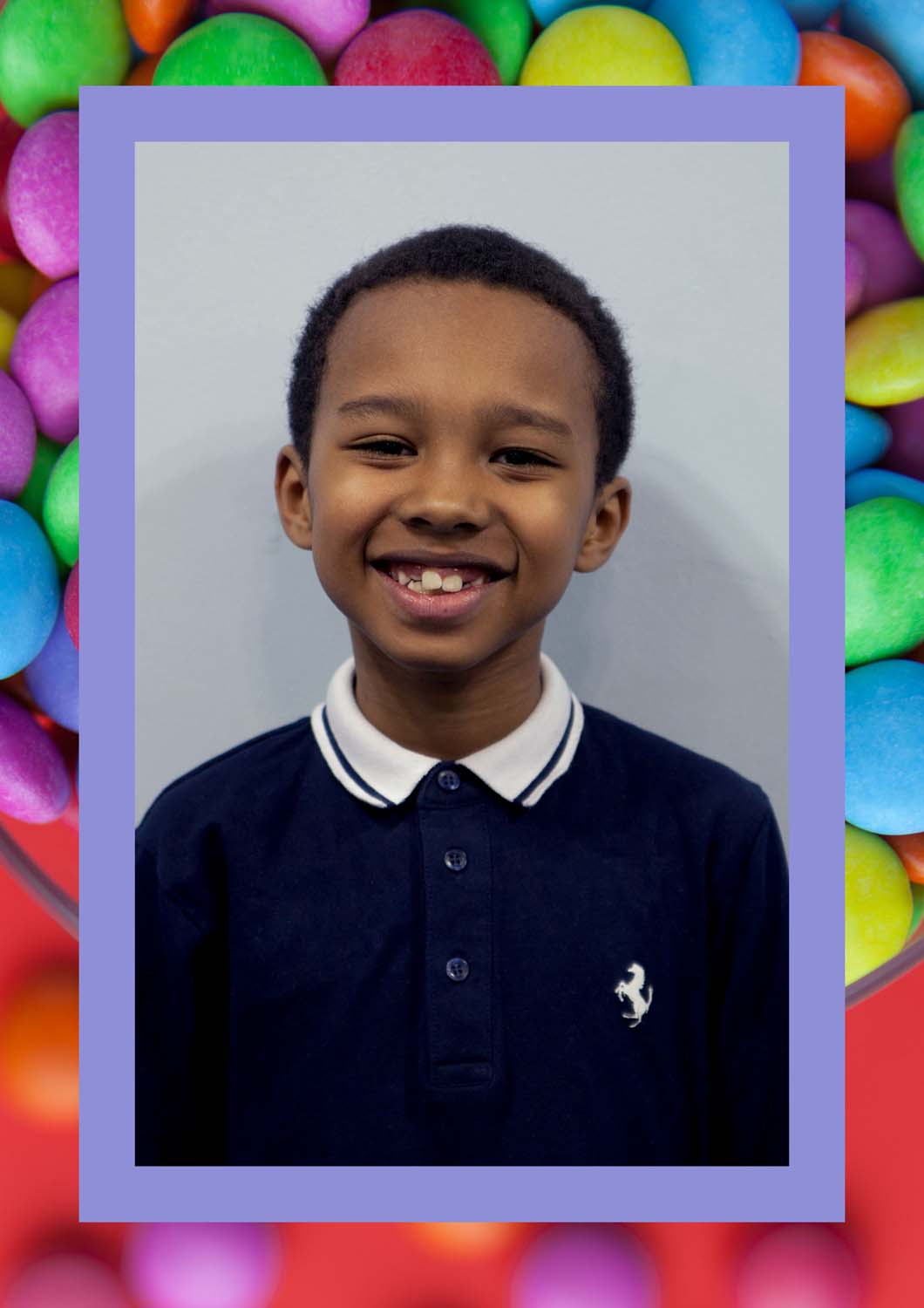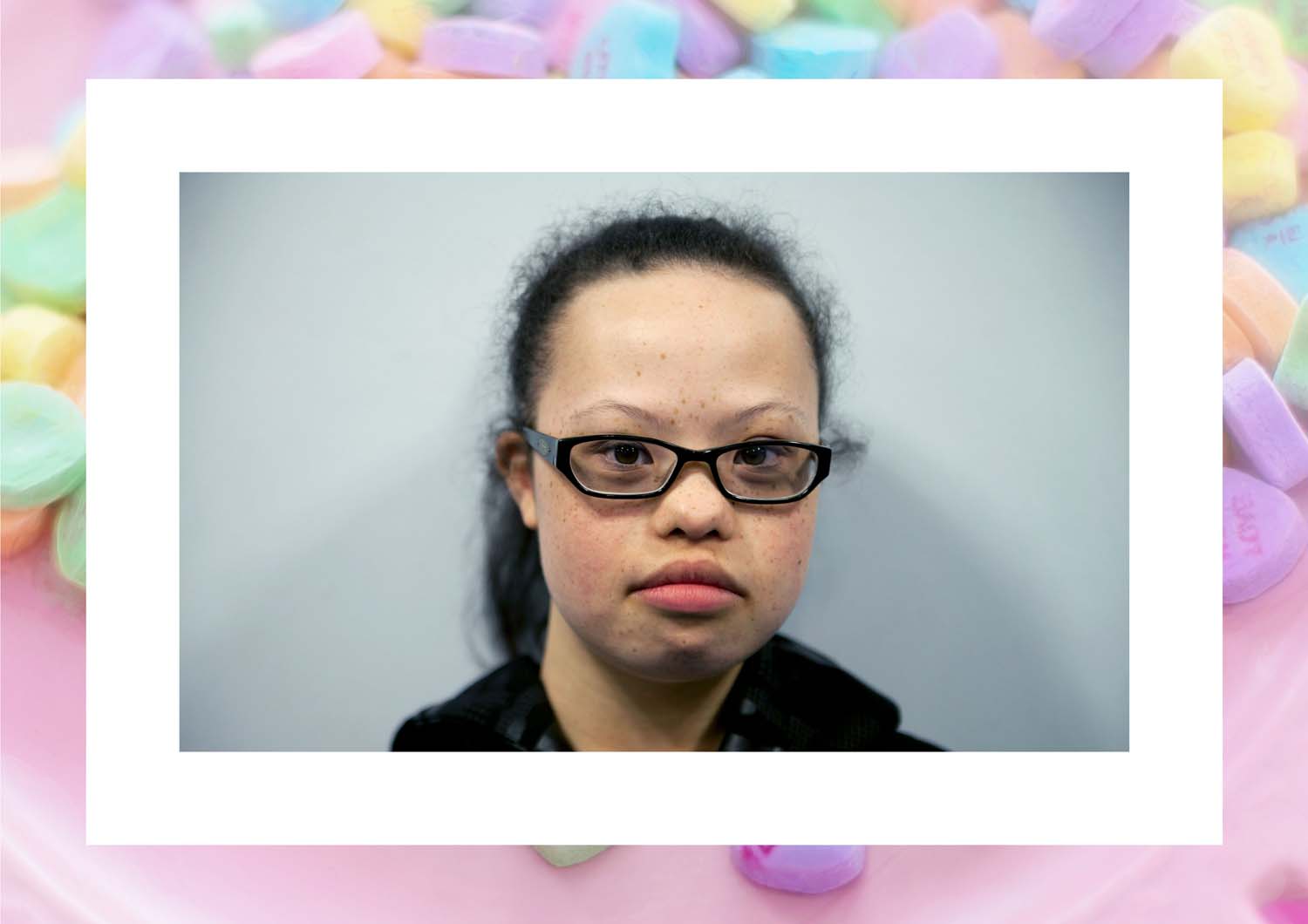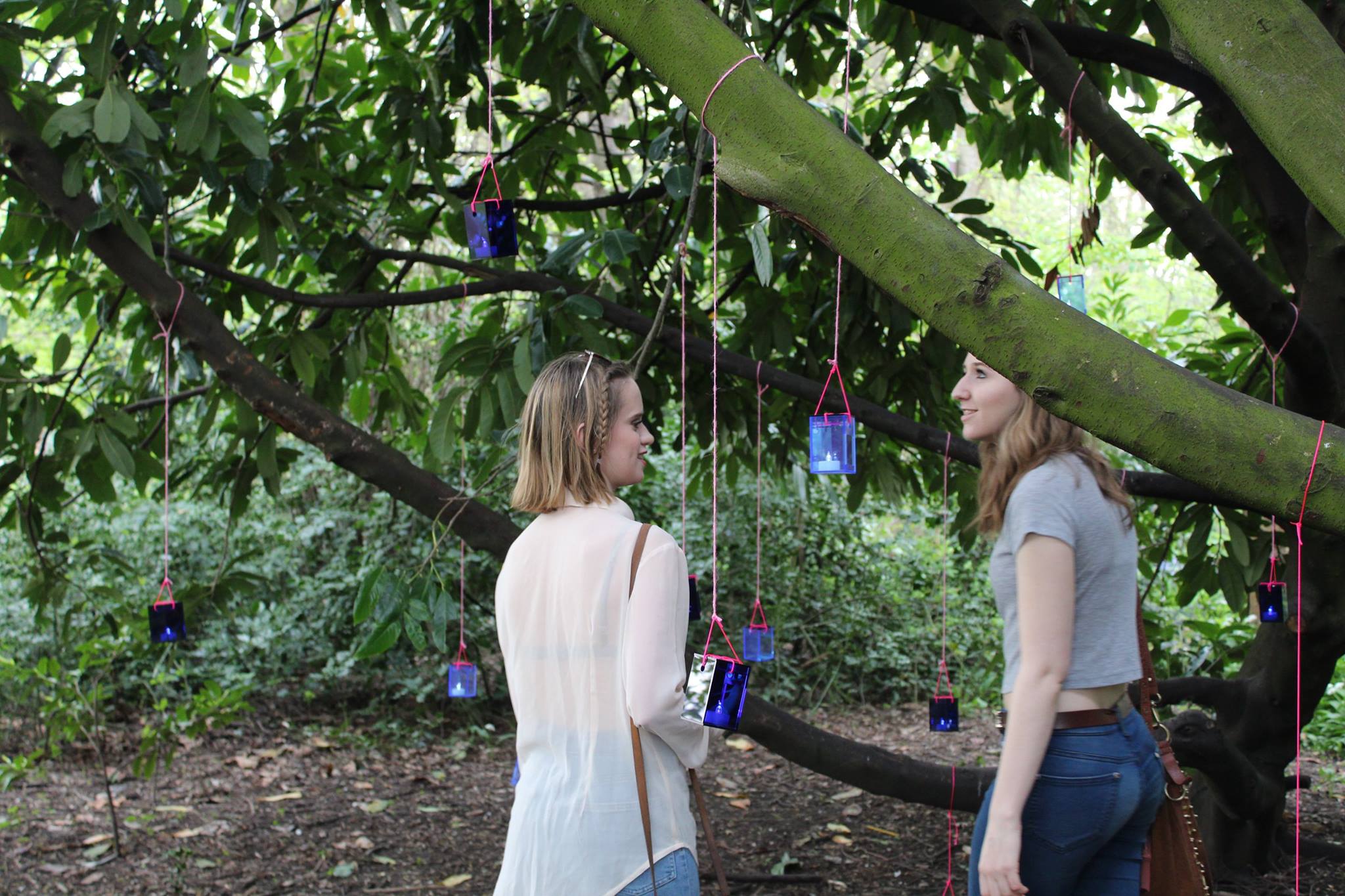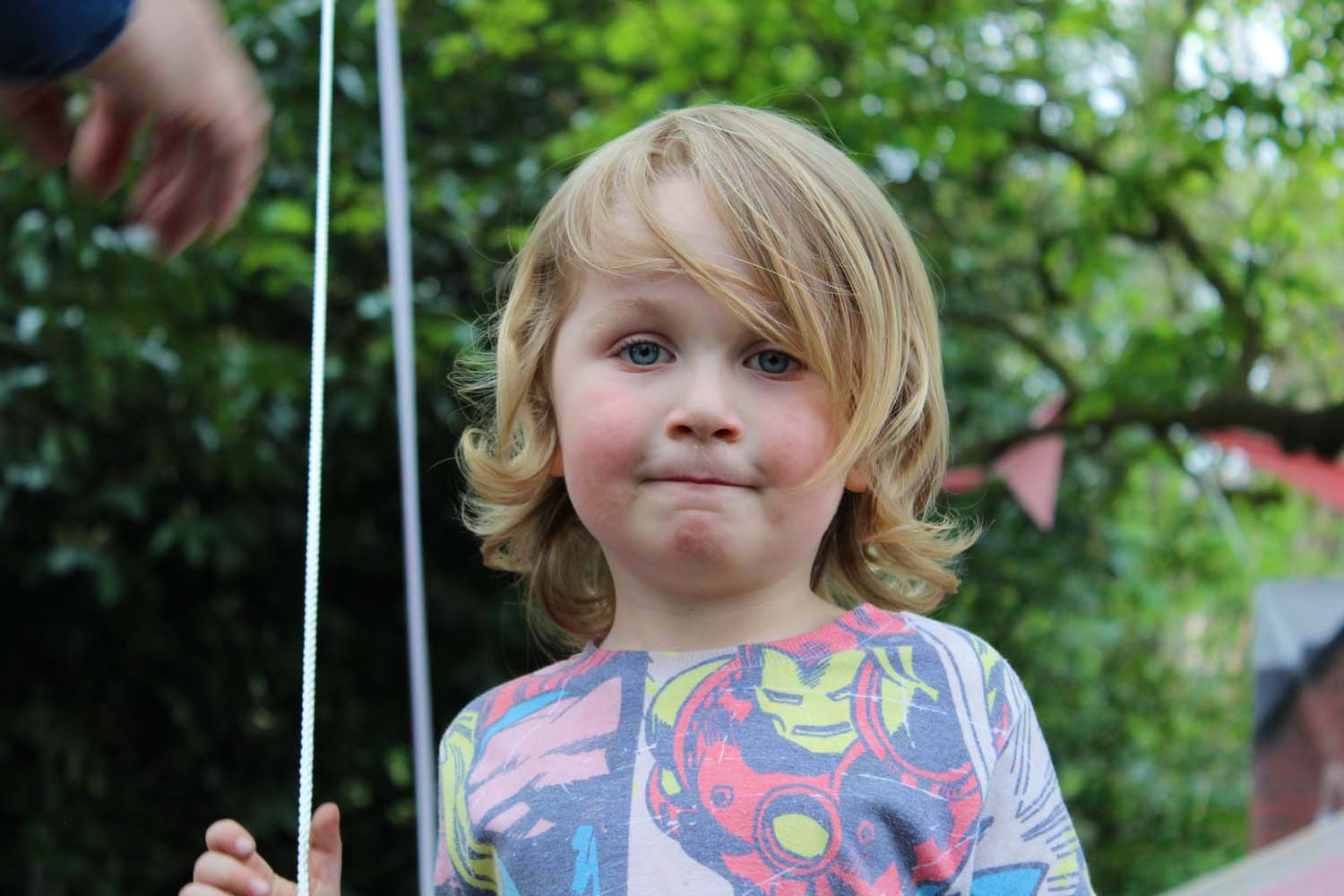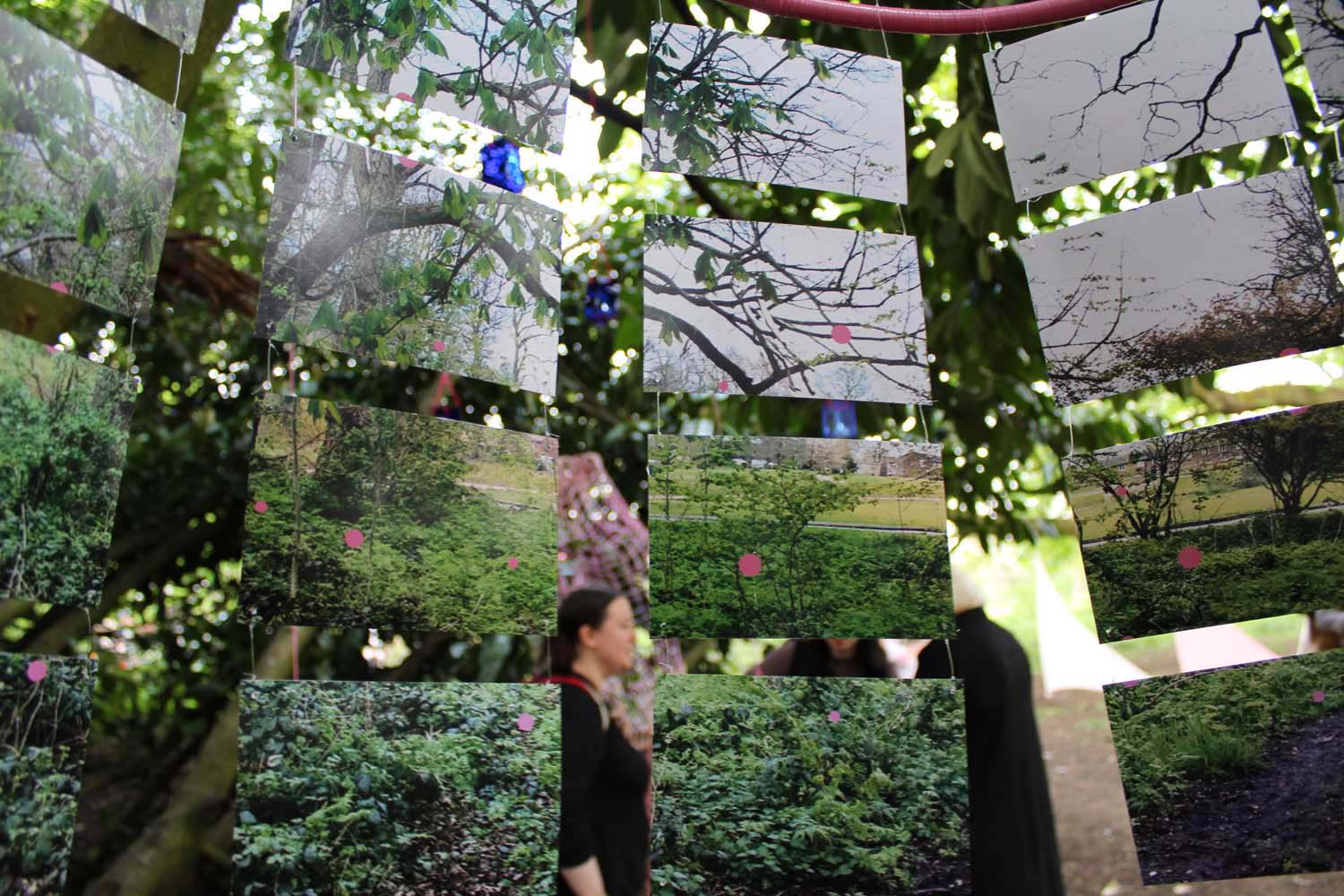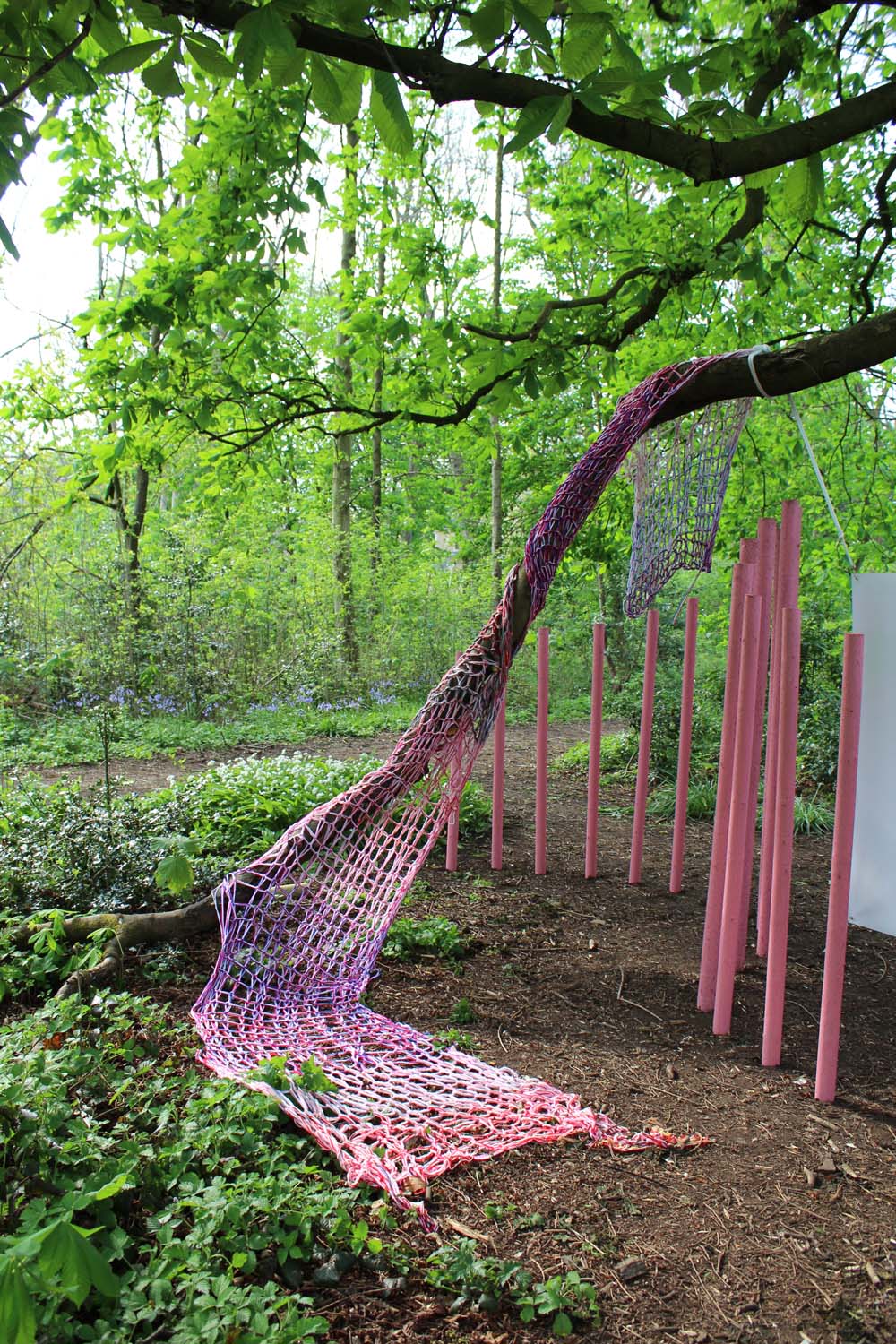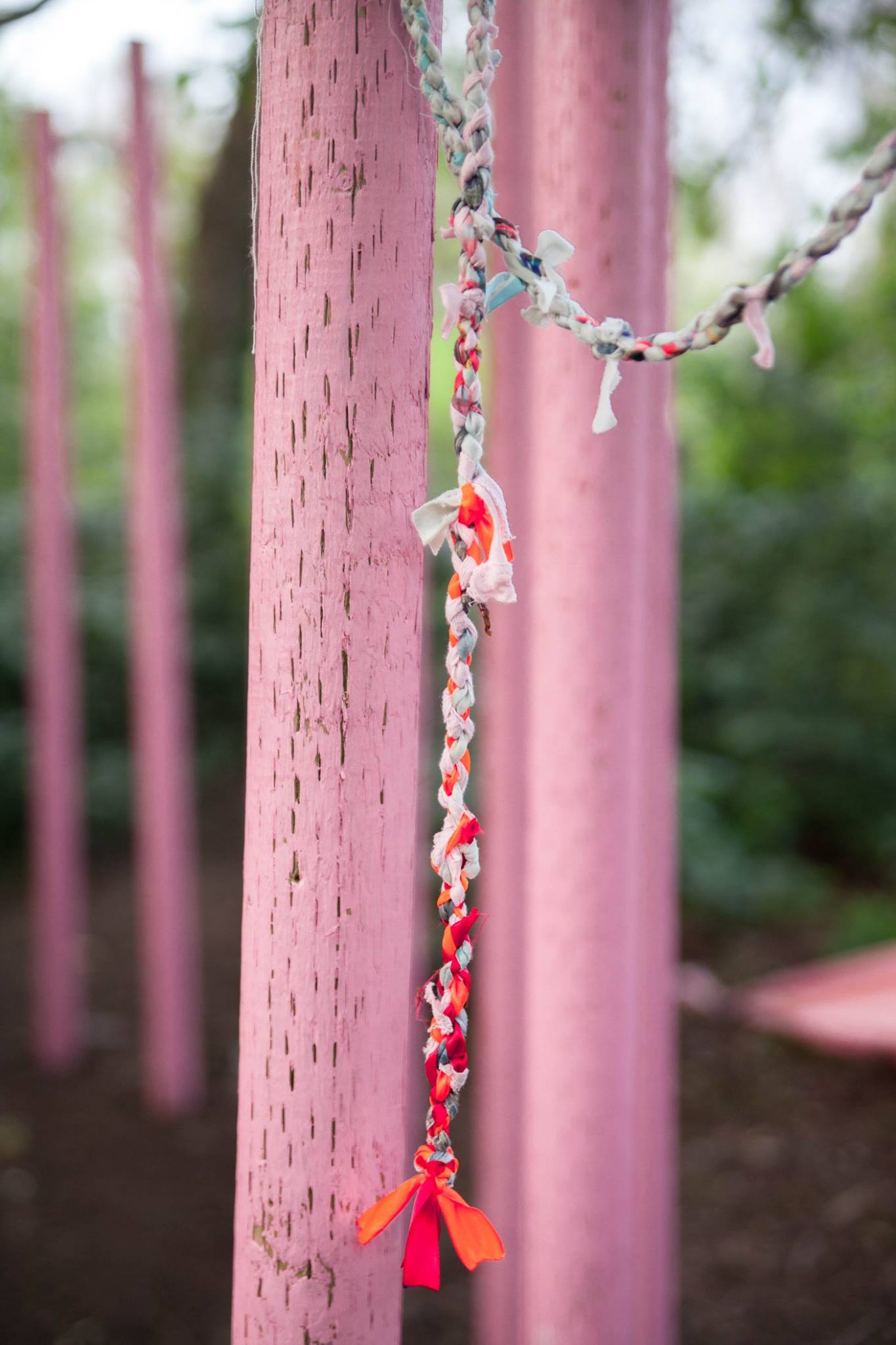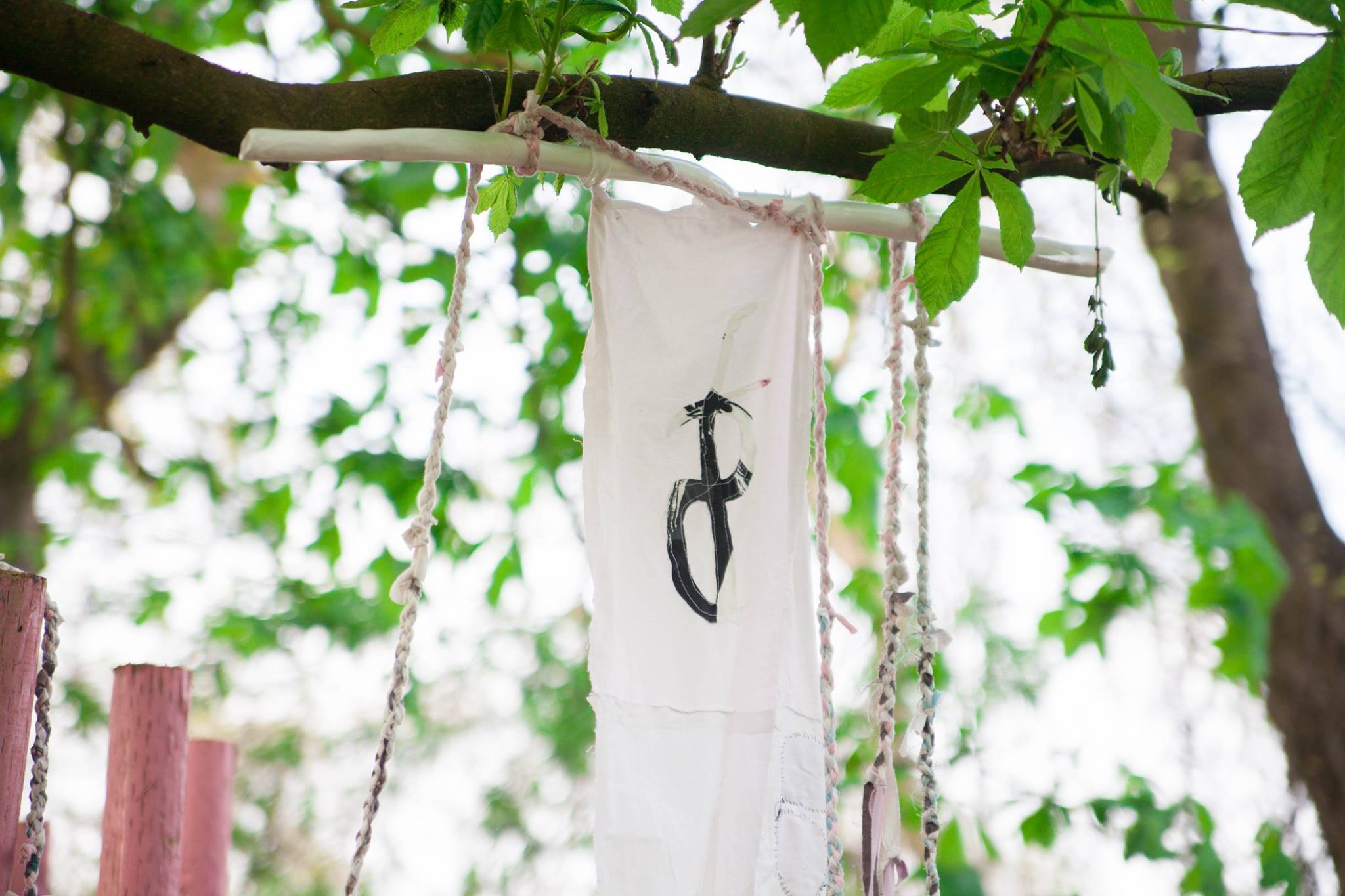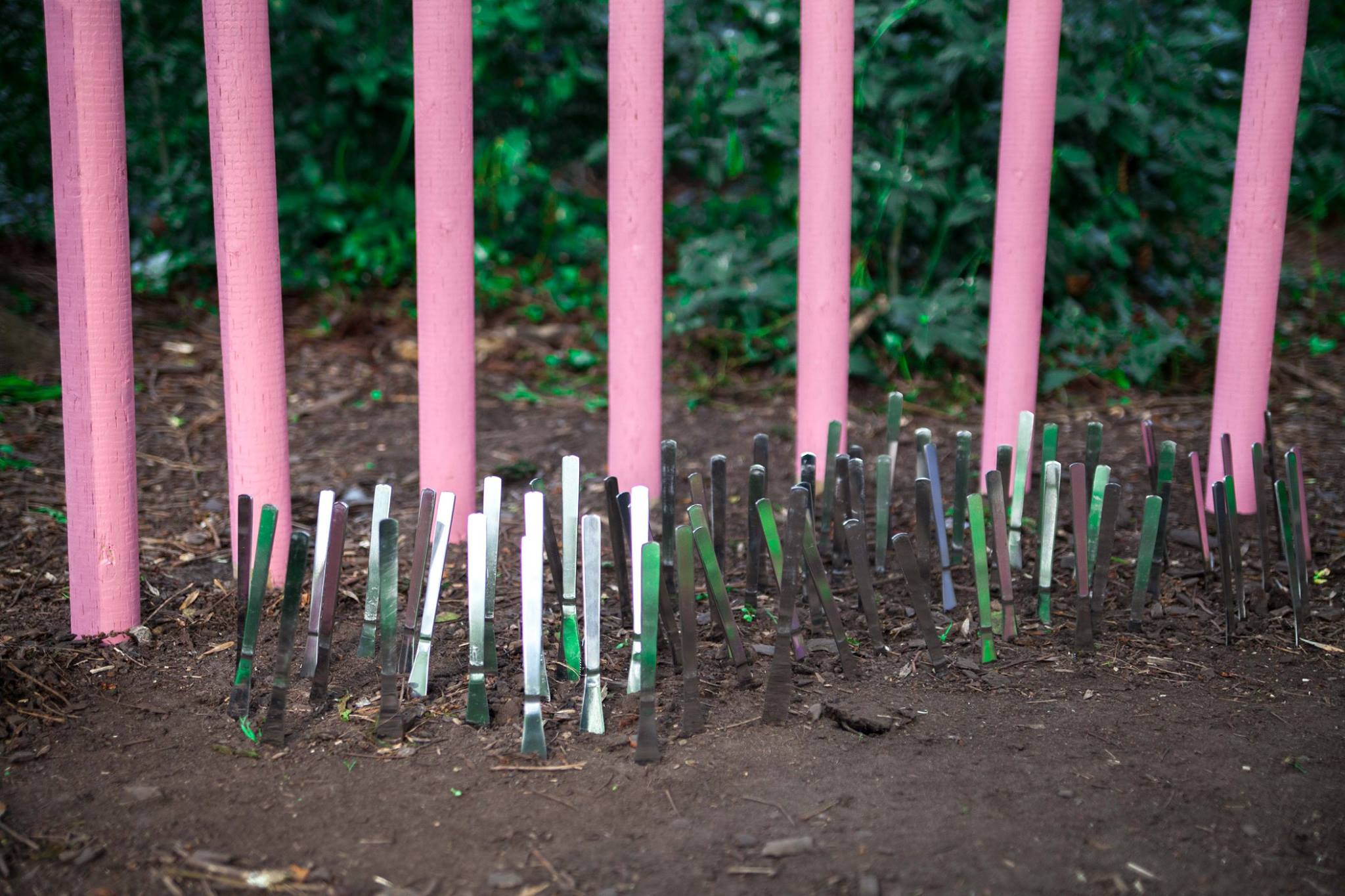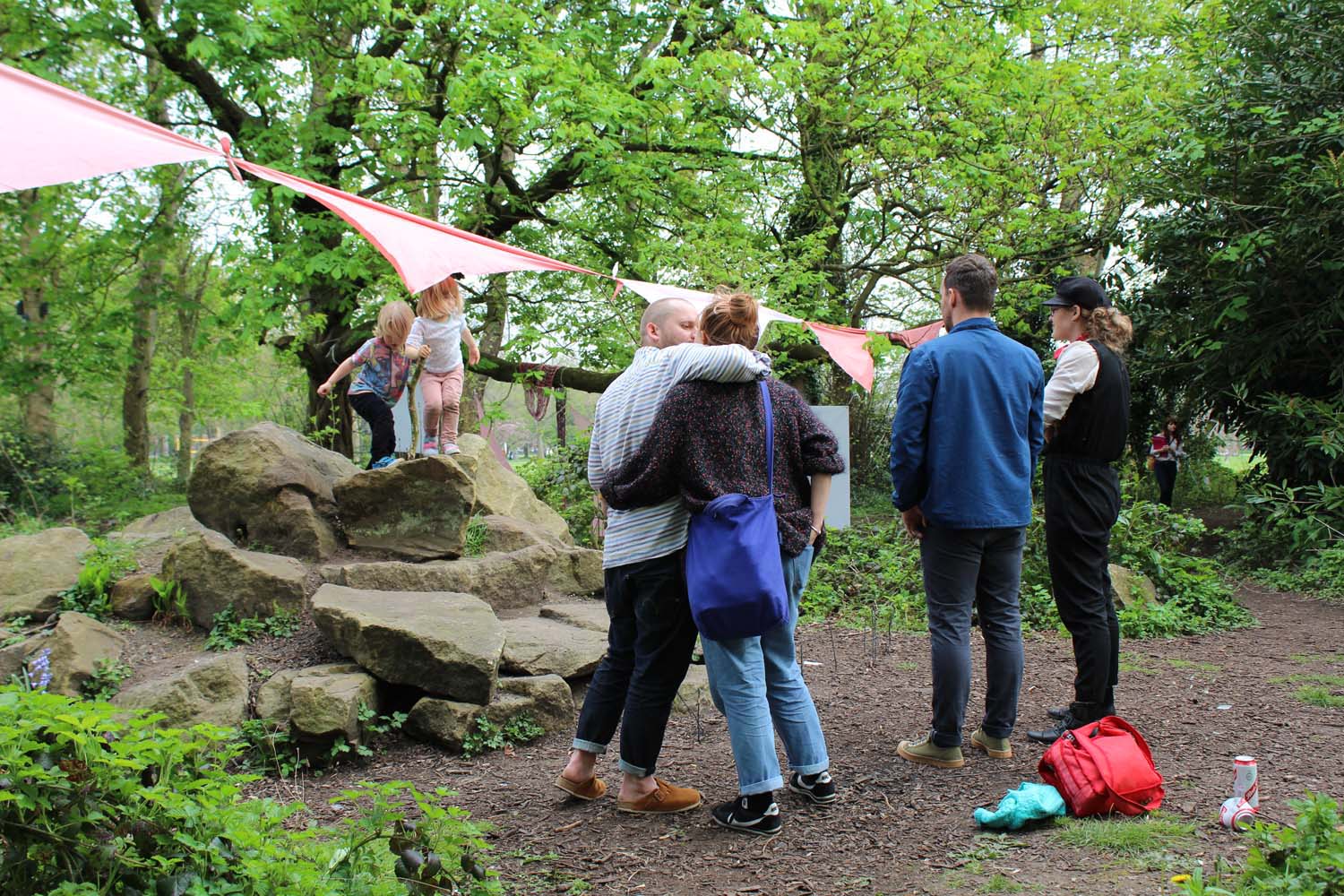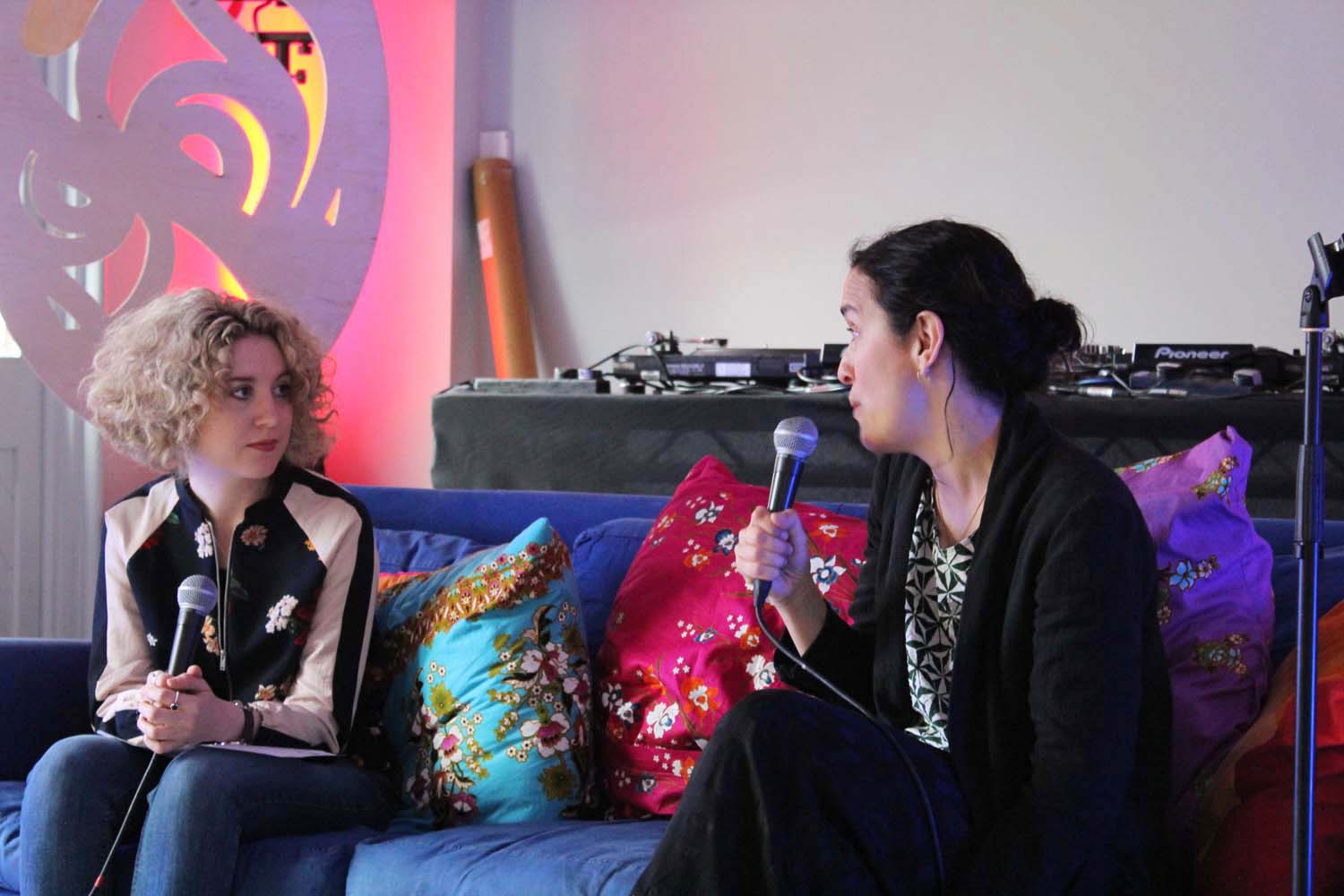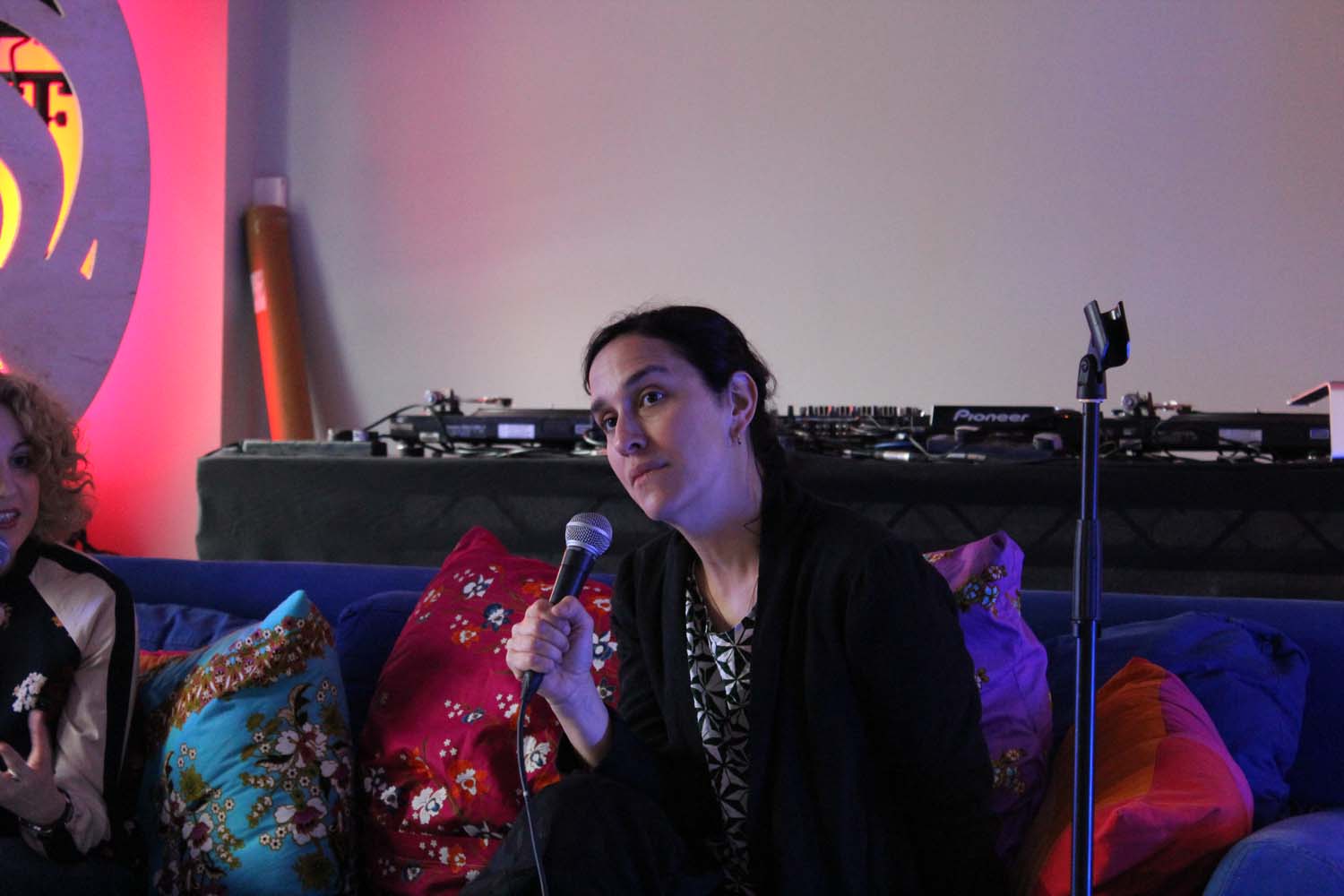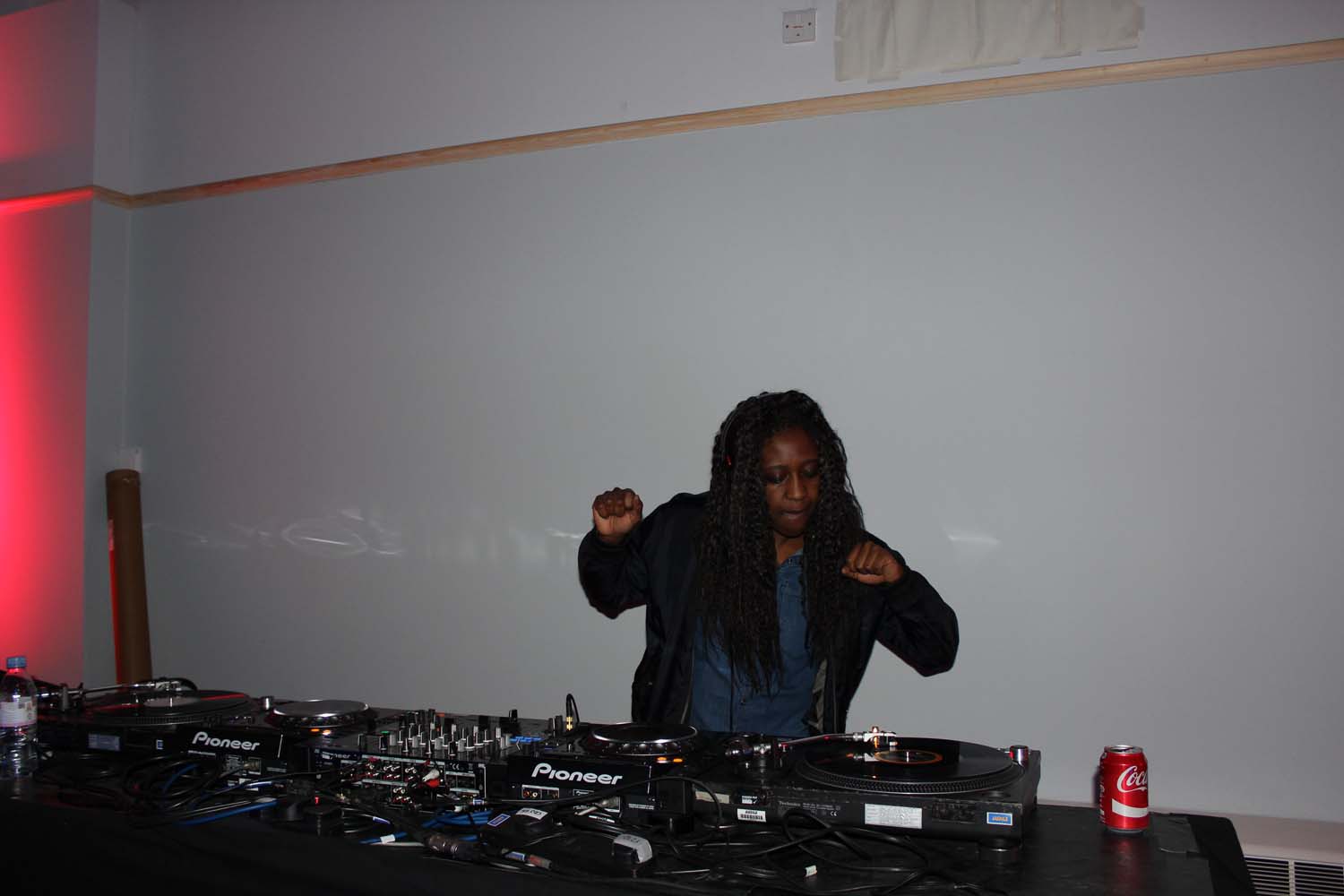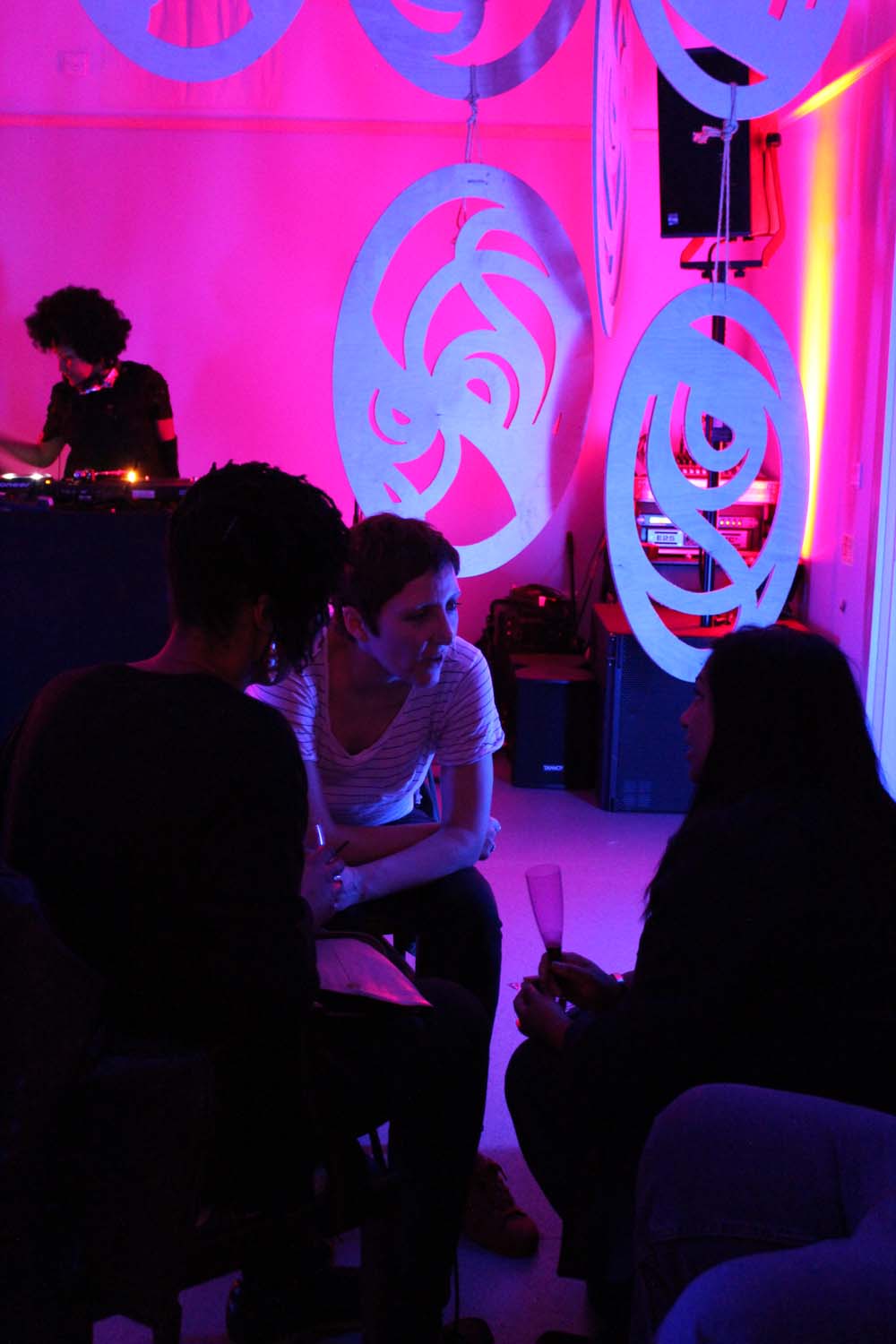‘Startling unexpectedness is inherent in all beginnings’:
On Bunny Collective’s What we are doing
In the prologue of The Human Condition, Hannah Arendt boldly states:
What I propose in the following is a reconsideration of the human condition from the vantage point of our newest experiences and our most recent fears…What I propose, therefore, is very simple: it is nothing more than to think what we are doing.[1]
From this statement, Bunny Collective borrowed the title for their most recent exhibition held in the woodland of Alexandra Park on Saturday May 7 2016. What we are doing was the culmination of the collective’s two month residency as part of Alexandra Art’s Pankhurst in the Park programme and it took the form of a site-specific temporary exhibition held in collaboration with students from the Manchester School of Architecture. From the very outset, What we are doing was based on ideas of combined action and ephemerality, both of which are central to Arendt’s claims.
Where Bunny Collective’s previous exhibitions, most notably The Young-Girl’s Gaze at SOMA Contemporary, Waterford and SUGAR at TACTIC, Cork, primarily dealt with notions of technology, identity, feminine experience and the digital sphere, What we are doing sought to grapple with broader concerns anchored on Arendt’s distinction between labour and work. Due to the rich industrial history of the city, Bunny Collective wished to tap into ideas related to work, but with an aim to consider what constitutes ‘work’ in the first place: how work can be something other than waged exertion to produce profits or the manufacturing of commodities.
In The Human Condition, Arendt proposes that there are three forms of activity fundamental to the ‘human condition’: labour, work, and action. For Arendt, labour corresponds to the biological life of man as an animal, work corresponds to the artificial world of objects made by human beings, and lastly action relates to the human condition of plurality. Central to these claims is the labour-work divide whereby labour involves the necessary tasks undertaken by human beings in every aspect of their existence. Where the acts of labour do not leave behind a physical trace and are characterised by their momentary nature, work involves ‘making’ and pivots on the production of tangible objects, which are defined by their permanence and durability.
Hidden just off the cherry-blossom lined pathway, What we are doing unfolded in a shady woodland clearing. Set-up and displayed over the duration of one day, in its very essence the exhibition corresponded with Arendt’s theory as it was an act of labour in itself: almost as soon as the exhibition was set up, it was dismantled again, leaving behind no physical evidence that an exhibition had taken place here. In this regard, What we are doing felt like a brief but powerful intervention into the daily life of the park. On a regular summer Saturday, while families picnicked, friends lazed on the lawn and teams played cricket in their dazzling whites, What we are doing took over a little patch of the park but with an equally thoughtful and playful sense of purpose.
This sense of mischievous subversion was pervasive in both the architecture students’ designs and the artwork on display. For example, Hannah Le Feuvre’s and Carmen Hubbard’s piece is part of a larger project titled Secret Branch, which involves designing and creating wearable art objects during their lunch breaks whilst at work at a large London art gallery. The motive of the project is to challenge the daily routine and boredom of paid employment and particularly, to persist in making art when your waged role is to silently invigilate it. The piece itself consisted of a white-painted branch with a length of a thin white cloth attached. From here, cryptic symbols were appliquéd onto the cloth and multicoloured strands of braided material were tied to the branch and left to fall freely. Within the exhibition, La Feurve’s and Hubbard’s piece operated as a type of makeshift banner - a triumphant flag promoting a flight of transgressive fancy in the face of gruelling monotony and commerce.
Sasha Cresdee’s work ‘Potential Completion, Temporal Fulfilment’ performed a similar function in that her knotty webs of rainbow yarn transformed the surrounding woodland into a spectacular otherworld. Previously, Cresdee has spoken about how these woollen nets resemble skin in that they are simultaneously porous and protective. This reading of the work adds another dimension to their effectiveness as art objects as it compels the viewer to be more sensitive to the fragility and tactility of their making. Despite their dreamy purple-pink ombre, these knitted structures are strangely bodily in the way that they twist and turn around branches and snake onto the grass in a tangled cascade. Furthermore, in presenting knitted chains in a collaborative exhibition, Cresdee’s work becomes the physical manifestation of connection and togetherness. Of course, not only do her knitted structures present a permanent object in terms of Arendt’s ‘work’ - although it could be said that they are unravelling with time - the use of textiles in both this work and in La Feuvre’s and Hubbard’s is significant also considering Manchester’s remarkable history as a manufacturer of textiles (particularly cotton) from the time of the Industrial Revolution up until the 1950s.
If Cresdee’s work is precariously situated between permanence and slow disintegration, Riikke Enne’s text sculpture ‘Devouring Tools’ presented an equally curious dichotomy. Planted in the hard soil, the words ‘USE THIS’ were just about visible in the afternoon sun. Enne’s sculpture was made of metal rods continuously welded, melted down and twisted together - a process that is exceptionally hard on the required equipment. In its solid, metal physicality the sculpture was simultaneously present as an object of ‘making’ in the Arendtian sense, and oddly invisible - merely a thin metallic structure only seen on catching the light. Indeed, it could be said that ‘Devouring Tools’ is a work of playful juxtaposition, not least in how the phrase itself implores you to use what should be a fairly useless art object, particularly one that is made of such spiky and uninviting materials. However, in a peculiar turn of events, the work instigated unexpected involvement from the audience: letters were rearranged and shuffled, accidentally stood and stamped on, and by the close of day, one of the letters had even been pocketed.
Where Enne’s work engaged with concepts of materiality, production and utility respectively, meanwhile, Saffa Khan’s installation, ‘Tumhari Dua/She prays' quietly explored one’s personal relationship with ritual and devotion. In a concealed corner, decorated with glowing blue lanterns strung from the trees by the MSA students, the work consisted of a pale pink canvas repeatedly printed with the artist’s silhouette, propped upon an embroidered, bright blue Muslim prayer mat. The installation included a number of objects associated with the Muslim prayer ritual of Nimaaz, including a tasbi (prayer beads), a type of alarm clock that summons a call to prayer, and a Namaz topi ( an Islamic skull cap). Nimaaz is a demanding process that requires the devoted to pray five times a day if possible, despite time or location restrictions. In using her own photographic image, Khan appears to be working through her relationship with these arduous requirements and what she herself terms the ‘spiritual labour’ of Nimaaz. Strikingly, the photographs printed on the canvas were taken unbeknownst to the artist - whilst she was praying she had her camera switched on. This personal fact adds another level to the work: by sheer accident this private and humble act was captured and solidified into a photographic image.
Arguably, Camilla Frankl-Slater’s work ‘100 knives’ is in dialogue with Khan’s work as her piece explores notions of religion and the everyday too. Rather than Muslim ritual, Frankl-Slater’s work is a reflection on the Judaic tradition of Neitzah, which is an ancient ritual involving thrusting a knife into the earth ten times over in order to purify it. Nowadays, the ritual is enacted less frequently due to the widespread availability of chemical cleaning products, yet Neitzah is still carried out during the festival of Pesach (Passover) when Jews temporarily follow stricter dietary laws and are especially attentive to the sanitary conditions of their cutlery. ‘100 knives’ is less a commentary on religious ritual as it as it is about ‘women’s work’ so to speak. In many faiths, much of the preparation prior to a religious celebration is carried out by women, predominantly in the kitchen. According to the artist, the title is also a play on her mother saying that she has a ‘one hundred things to do’. In this sense, ‘100 knives’ is a clever and subtle reminder of the labour-intensive, yet often thankless and easily forgotten work undertaken by women in their homes. Furthermore, there is a certain violence, or rather aggression in sticking 100 knives into the earth and in this regard, Frankl-Slater’s piece is visually arresting, serving to preserve what should be a fleeting act. As the knives shimmer in the sunlight, reflecting the green of the woodland foliage, they become literal ‘blades of grass’.
In continuing this theme of overlooked aspects of domestic labour, Samantha Conlon presented a number of photographs of her young nieces in a series titled Copper Beech - the title of which is borrowed from a local housing estate. The photographs were blown-up and printed on PVC banners, hung from the trees and held taut by bungee cords pegged into the ground. One of these photographs depicted two blonde-haired girls of about seven or eight, dressed in casual sportswear with one girl standing over a pink Little Mermaid-emblazoned bicycle. The girls look boldly out at the camera; their stern facial expressions in sharp contrast to their angelic features. Another image portrayed a little blonde girl sitting cross-legged on a footpath with an empty McDonald’s cup beside her. Against a redbrick building, she looks away from the camera, poised in deep thought. In general, Conlon’s work focuses on the modest and minor details of growing-up. For example, her previous series Daughters took a close look at the intimate and tender moments between mother and daughter. Similarly, Copper Beech concerns observation, recording the little moments of growing up within a typical Irish working-class family. Yet, in capturing her subjects on grey pavement or particularly against red brick, which features heavily in Manchester’s architectural make-up, Conlon’s photographs could just as easily be of typical youngsters in Manchester or elsewhere. At their core, Conlon’s images are about ‘the everyday’: what it means to grow up within uniform estates and the ways in which residents try to work through that sameness. Her work succeeds as she unexpectedly presents her nieces, as young as they may be, as powerful individuals in their own right, bestowed with rich interior lives beyond their years. Arguably, Conlon’s photographs tie in with Arendt’s belief in the significance of the individual within the collective: how each individual has the capacity to exercise their own agency and the possibility to disrupt the status quo.
In an astonishing coincidence, the Little Mermaid as featured in Conlon’s photograph was the subject of Charlotte Cullen’s and Eleanor Cully’s performance piece entitled ‘Siren’s Song’. At 4pm, a group gathered in the woodland glade to hear Cullen read excerpts from their texts interspersed with quotations from texts by Sylvia Plath, Sara Ahmed and most notably, from Hans Christian Andersen's The Little Mermaid. Cullen’s spoken performance was accompanied at regular intervals by Cully’s haunting flute song and was a perfect example of the type of transient collaboration that defined this exhibition. In choosing to use extracts from Andersen’s The Little Mermaid, ‘Siren’s Song’ became a vulnerable exploration of pain, fantasy, risk and the suffering of the human body. For example, to take one excerpt from The Little Mermaid as read by Cullen:
Your tail will then disappear, and you will feel great pain, as if a sword were passing through you. But all who see you will say that you are the prettiest little human being they ever saw. You will still have the same floating gracefulness of movement, and no dancer will ever tread so lightly; but at every step you take it will feel as if you were treading upon sharp knives, and that the blood must flow.
Of course, the mention of knives in this quote ties in with Frankl-Slater’s ‘100 knives’ and we are reminded once again of a sort of covert violence. In this work, violence translates into a meditation on the pressure and stress that we put our frail and imperfect bodies under in order to achieve states of unattainable perfection, and ultimately, how we are united by the fragility and limitations of our bodies: ‘Bleeding feet will bond us’.
In essence, The Human Condition champions new ways of looking at the world. It is about the human capacity to begin, change and start over again. Aoife O’ Dwyer’s twirling reflective mobile titled ‘125%’ invited viewers to take a closer look at their surroundings by presenting photographs of their immediate environment in a 360 degree panoramic layout. The opposite side of the photographs were covered in mirrored paper to give a distorted impression of the same space but from the opposite side. Resourcefully supported by a bright pink hoola-hoop, the work, much like Enne’s, triggered extraordinary levels of interaction from the audience, quite unlike what would have occurred should the piece had been installed in a typical gallery setting. Without a moment’s pause, onlookers - adults and children alike - brazenly stuck their head under the mobile to get a closer look at the wood in which they stood in. The images themselves were grainy and magnified, speckled with whimsical pink dots like flyaway balloons or a punkish paint splatter here and there. Once again, ‘125%’ was a bid for careful and attentive viewing, encouraging viewers to observe and experience their world from multiple sides and perspectives. In this capacity, ‘125%’ was a work of great wonder, instigating both collaborative interaction and individual engagement – with every gentle swivel of the mobile, the viewer was permitted to see the space afresh. As Margaret Canovan writes in her introduction to The Human Condition:
Only the experience of sharing a common human world with others who look at it from different perspectives can enable us to see reality in the round and to develop a shared common sense.[2]
In the end, this is how we can think of What we are doing also: as a vehicle to bring people together; to unite different perspectives and ways of living; to look closer and better at this crazy, troubling and changing world; and lastly to think to oneself that new ways of being and experiencing are infinitely and always possible.
- Kathryn O’ Regan is a writer and curator based in Cork, Ireland. She has assisted Bunny Collective in the curation of their exhibitions, The Young-Girl’s Gaze, SUGAR and What we are doing and has written accompanying essays for each of these shows. Her work can be found on kathrynoregan.wordpress.com

